Asagi Karate Club

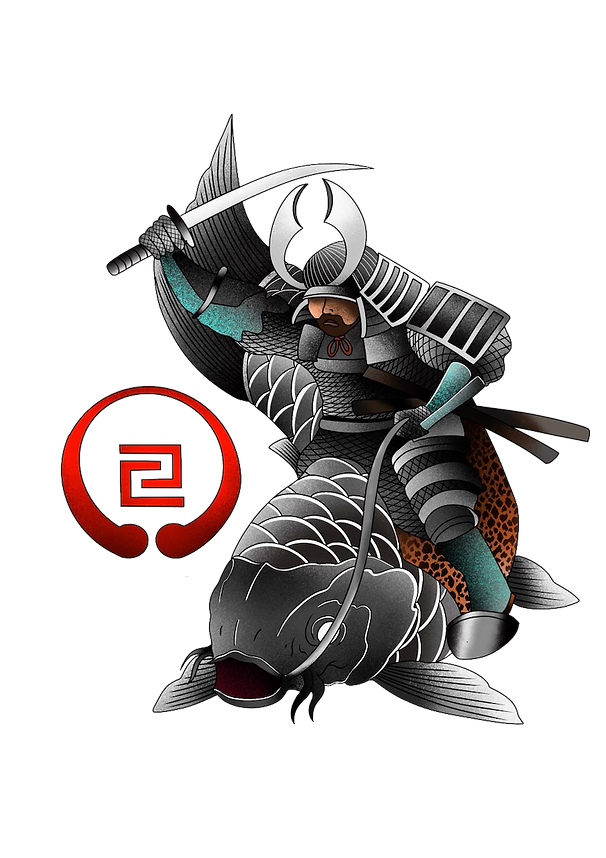
Asagi Dojo
Our history
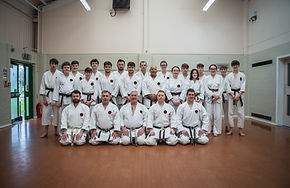
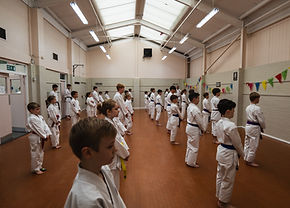
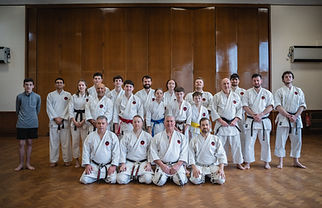
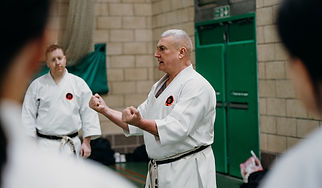
Founded in 1984 Sensei Paul Nolan 8th Dan opened his first Karate dojo in Greasby, teaching the tradition of Okinawa Goju-Ryu. Later to open a second dojo based in Woolton, Liverpool .
Over the past 40 years Asagi Karate club has produced numerous highly experienced and skilled students, some of which going on to compete both at a national and regional level. Most of these students are still apart of the dojo today and pass on their own knowledge to the new members coming through all while continuing to develop their own skills.
Sensei Paul Nolan 8th Dan
Leading Instructor
Sensei Paul - 8th Dan
Sensei Paul Nolan started karate as a 14
year old boy, after 10 years hard-work and dedication he achieved his senior black belt in GoJu-Ryu Karate.
Upon joining the IOGKF (International Okinawan Goju-Ryu Federation), he then achieved his Nidan (2nd Dan) and opened his first Karate club (Dojo) in Greasby Community Centre and has been passing down his knowledge for the past 40 years!
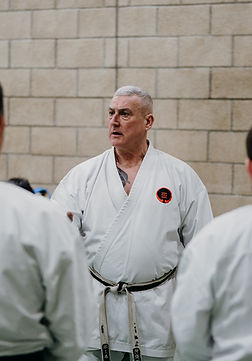
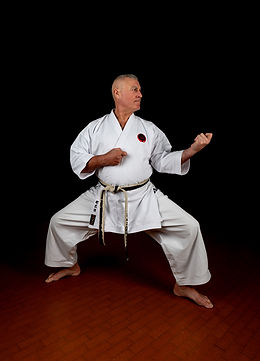
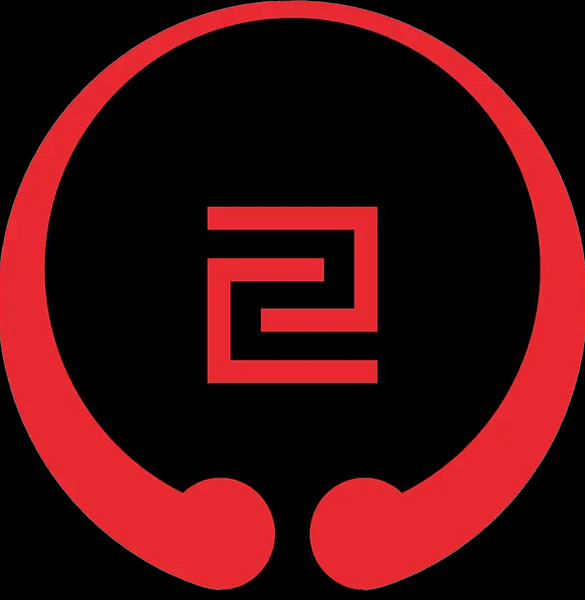
The History of
Goju-Ryu
The Background
Goju-Ryu Karate, one of Okinawa’s four main traditional karate styles, was founded by Chojun Miyagi in the early 20th century. Influenced by Chinese and Okinawan martial arts, it blends hard and soft techniques, creating a unique style.
Its origins trace back to the Ryukyu Kingdom, where martial artists like Kanryo Higaonna traveled to China to study styles such as Fujian White Crane. Higaonna taught a blend of Chinese and Okinawan techniques, which Miyagi later formalized as Goju-Ryu.
Born on April 25, 1888, in Naha, Okinawa, Miyagi trained under Higaonna and furthered his studies in China. In 1930, he named his style “Goju-Ryu,” meaning “hard-soft style,” inspired by the Bubishi, an ancient Chinese martial arts text. Goju-Ryu emphasizes balancing strength with flexibility through linear attacks and circular movements.

Miyagi promoted Goju-Ryu by establishing dojos in Okinawa, demonstrating in Japan, and contributing to karate’s modernization, including its integration into schools. In 1936, he taught at the Dai Nippon Butoku Kai, gaining recognition for Goju-Ryu.
After Miyagi’s death in 1953, his students, including Anichi Miyagi, Shuichi Aragaki, Eiichi Miyazato and Meitoku Yagi, spread Goju-Ryu globally, establishing dojos and preserving its legacy. Today, organizations like the International Okinawan Goju-Ryu Federation maintain its values and traditions.
With its rich history and unique techniques, Goju-Ryu continues to inspire martial artists worldwide, offering a comprehensive approach to self-defense and personal growth.
For more information on Goju-Ryu and the IOGKF visit